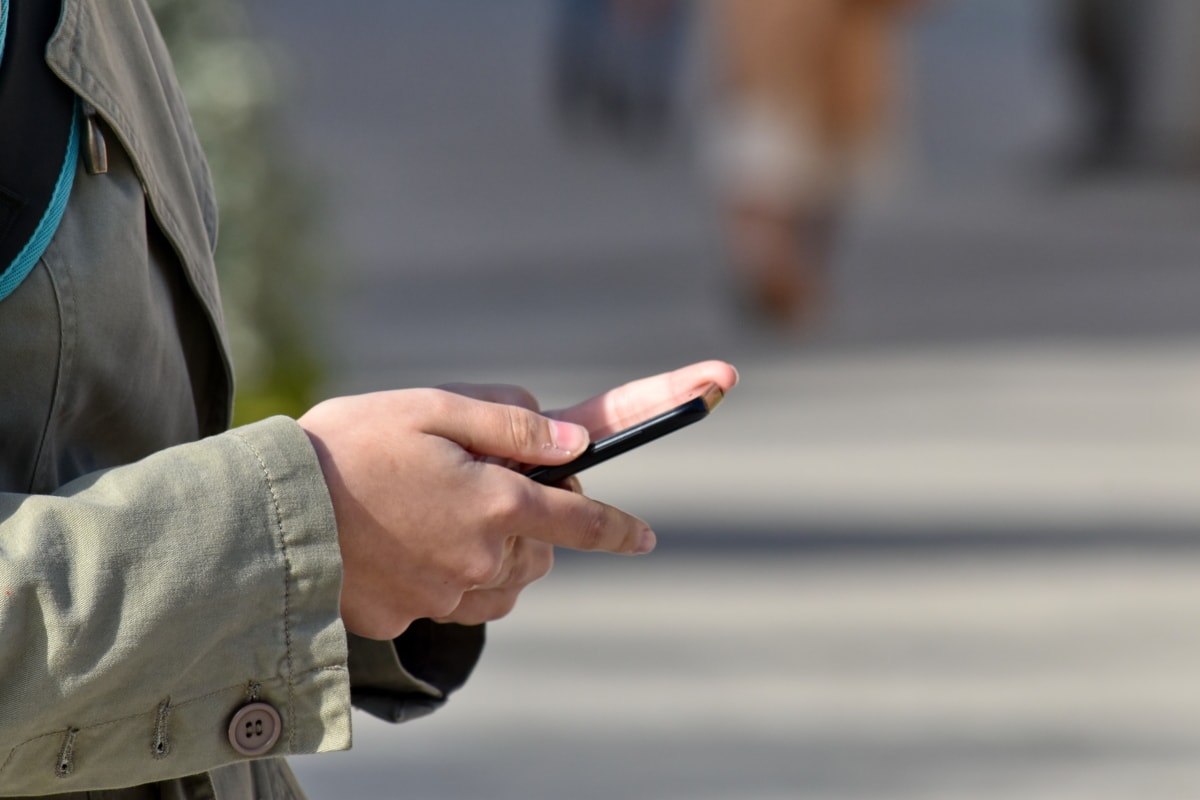How England’s Homeless Link is using technology to connect homeless people with services
If you haven’t spent much time idly scrolling through the app store on your phone, you may be surprised to learn apps designed to help homeless people are a thing.
As in, there are many different options available to choose from, and practically a whole small industry has grown up around this niche.
Unfortunately, most of them don’t help that much.
Helping Homeless People with a Tap on an App
Most of the apps designed to help homeless people don’t have much of a positive effect at all. Started with the best intentions, a lack of understanding can lead to a finished product that’s a bit tone-deaf or not as helpful as it would seem.
Apps like these generally fall into one of two categories:
- used by the homeless person themselves
- used by other people as a reaction to seeing a homeless person
The first category is benign. If it’s not entirely useful, at least it doesn’t do much harm. These apps generally provide information such as where to find the nearest shelter, the hours meals are served at local kitchens, and announcements of other events that would benefit homeless people. That’s all well and good, and may come in handy from time to time if a person has both the ability and the inclination to use such an app. For the most part, that information is available in many other ways. So, an app is not strictly necessary for many.
The other category is where things start to get a bit strange.
The majority of apps with a mission of “helping homeless people” are designed not to be used by homeless people themselves, but rather by other members of the general public, upon seeing a homeless person.
The function of these apps varies. With some, you tap a button to trigger a corporate donation to a nonprofit. Others notify you when a homeless person (outfitted with a Bluetooth beacon) is nearby, allowing you to see their photo, read a bit of their backstory, and make a donation to them specifically.
Apps like these advertise themselves as a way to give money in our increasingly cashless society. Some might call it “taptivism.” It provides an instant sensation of warm fuzziness because you feel as if you’ve just done a really good thing.
Generally, people will be quite satisfied with that and won’t be motivated to take any more action. That is until the fuzzy feeling has worn off and they need another dose.
The trouble with these apps is they can end up reinforcing harmful stereotypes. Additionally, tapping a few buttons isn’t the same as cash in hand. Even the few apps that allow you to give more directly to a specific person place restrictions on what that person can buy with their funds, where they can buy it, and what they must do in order to stay in the system.
There are also delays from the time you donate to the time the recipient receives the funds. So, if you’re hoping to give enough to get someone into a hotel room that night, it may be best to give cash.
The StreetLink app is a bit different.
A Better Kind of App
StreetLink was developed for the Homeless Link charity to solve a specific problem they were having in their outreach.
They had been taking reports of homeless people who needed assistance or connection with services. But sorting through all the reports manually took so long, people often moved on before an outreach team could get to them. Thousands of reports daily in peak times such as the winter months is simply too much for Homeless Link’s limited staff to sort through and address properly. Introducing some new technology to the StreetLink app solves all that.
With the manual system, outreach workers were only able to find and follow up on about 14% of all the reports made through the StreetLink app.
The way the new app tool works is by automatically analyzing reports to find the most useful and urgent reports. These are moved to the top of the stack to be addressed first.
This allows the charitable organization to organize itself better, putting its time and scarce resources to more optimal use. In turn, this makes them better able to reach and assist more rough sleepers and other people in need.
It also helps them get to each person faster. This is critical in harsh winter conditions when every minute counts.
The Streetlink App Is a Beginning, Not an End
Streetlink is a good use of technology. It allows organizations to solve a specific problem within the homeless sector while making charitable efforts more efficient.
The philosophy behind its use is also much more helpful as well. It is not the end-all, be-all solution where you tap a button and you’re done. Instead, it serves as a tool to make human efforts more efficient. But it still requires real activism to be done, which results in more people actually being helped.
The StreetLink app is a good solution. Its design allows a local organization to carry out their work more comprehensively and efficiently using reports from the public and technology to prioritize those reports.
The app is just one piece of a multi-pronged approach to helping rough sleepers. It’s used as a tool rather than a one-stop solution. That’s what makes it such an effective app for helping homeless people, where other apps have tried and failed.
photo courtesy of pixnio













